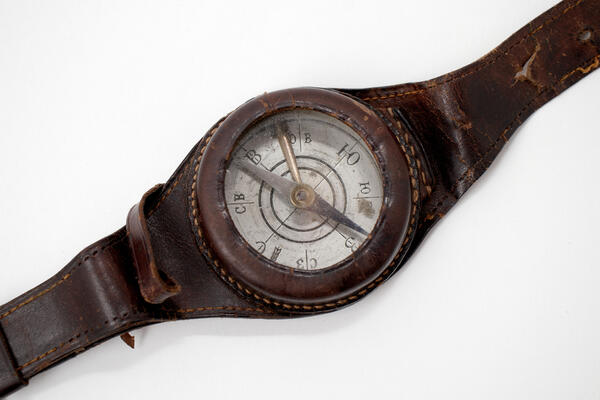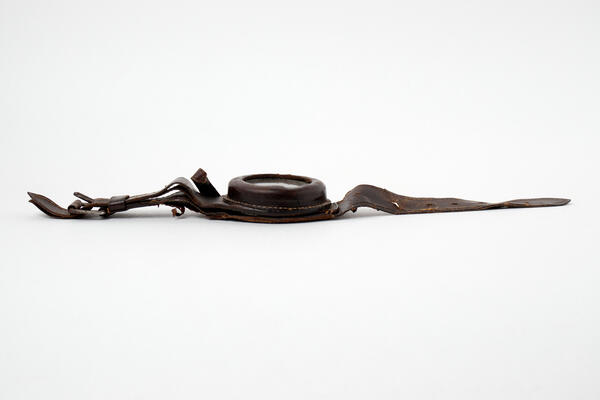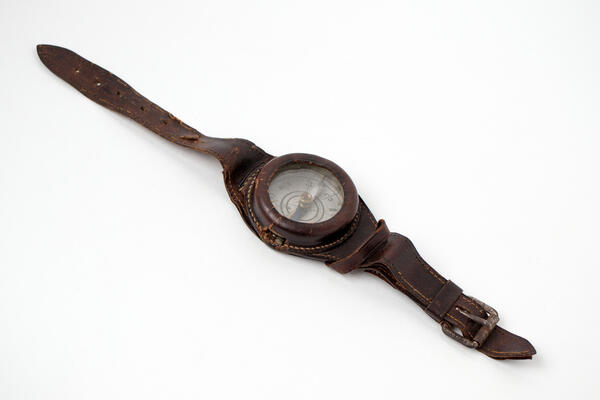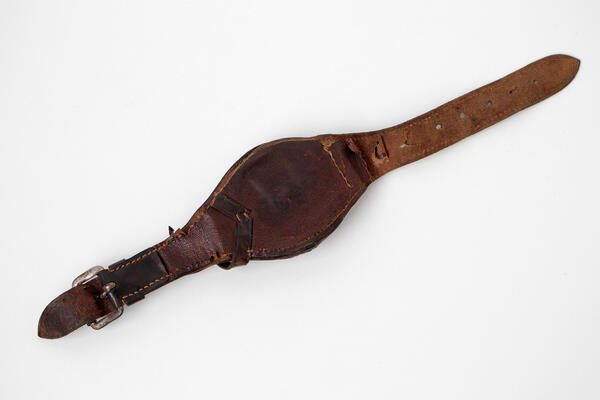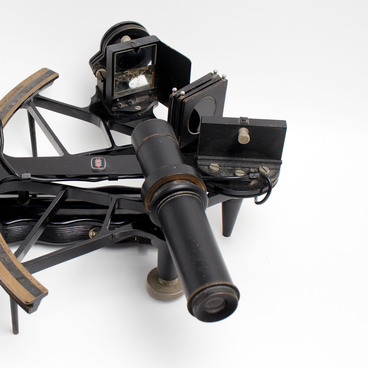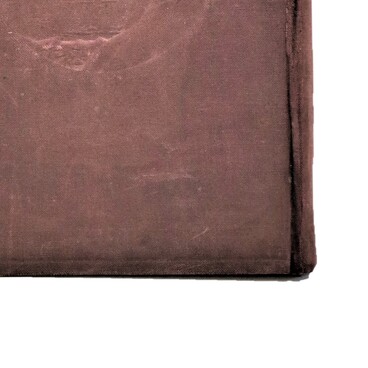Compasses have existed for around 2,000 years and their design remains essentially unchanged for the last 100–150 years. The modern compass was predated by a magnetic needle, which first appeared in the 1st millennium BC. There is still debate in the scientific community on who was the first to note the natural properties of the magnet. It could have been the Phoenicians, or the Chinese, who first noticed how the magnet stops in the plane of the magnetic meridian. According to other versions, it was Arabs, Normans or ancient Maya, because a magnetic rod was found in Ecuador, which could be considered a prototype of the magnetic needle.
In Europe, the compass appeared after the 10th century which coincided with the beginning of the era of Great Geographical Discoveries. The 13th century saw the appearance of a compass made up of a dry pot, a magnetic needle and a compass card, with four cardinal directions: North, East, South and West — with North exactly matching the northern end of the needle. The spaces between the main points were divided into several equal parts.
n 17th-century Russia, the peoples of the north were most skilled at making compasses. For example, the Pomory used walrus bone for compasses. They put the finished compass into a circular box of 4–5 centimeters in diameter and kept it in a leather pouch on their waist. Such a box featured a magnetic needle mounted on a bone stud in the center, with metal needles attached from below. If the “metka” — as Pomory called the compass — was not used at the moment, it was covered with a lid.
The Naval Charter of Peter I featured a passage about this kind of compass: “Compasses should be made with good skill and so that the needles which make the compass turn, were sharp, strong and durable. Also, the needle of the compass pointing to the North and South must be firmly rubbed with a magnet, so that the compass readings were correct; this is very important, because the course and the safety of the ship depends on it.”
In the 19th century, the compass acquired its current design. The body of both the pocket and the wrist compass consists of a housing and a thick glass lid tightly pressed against it by a copper ring. On top of the ring there are divisions from 0 to 360° — clockwise from the North.
Two black copper wires are stretched inside the housing, and one of them falls exactly at 0°, and the other at 180°. These wires are called an orienting arrow. Today, even the most modern ships equipped with state of the art navigation, radio and space systems must have a magnetic compass.

